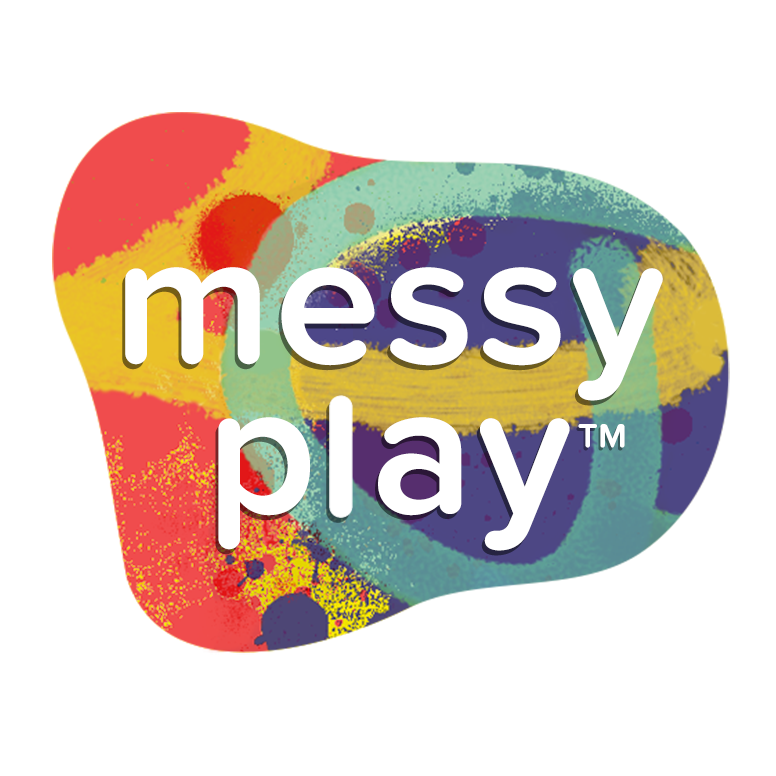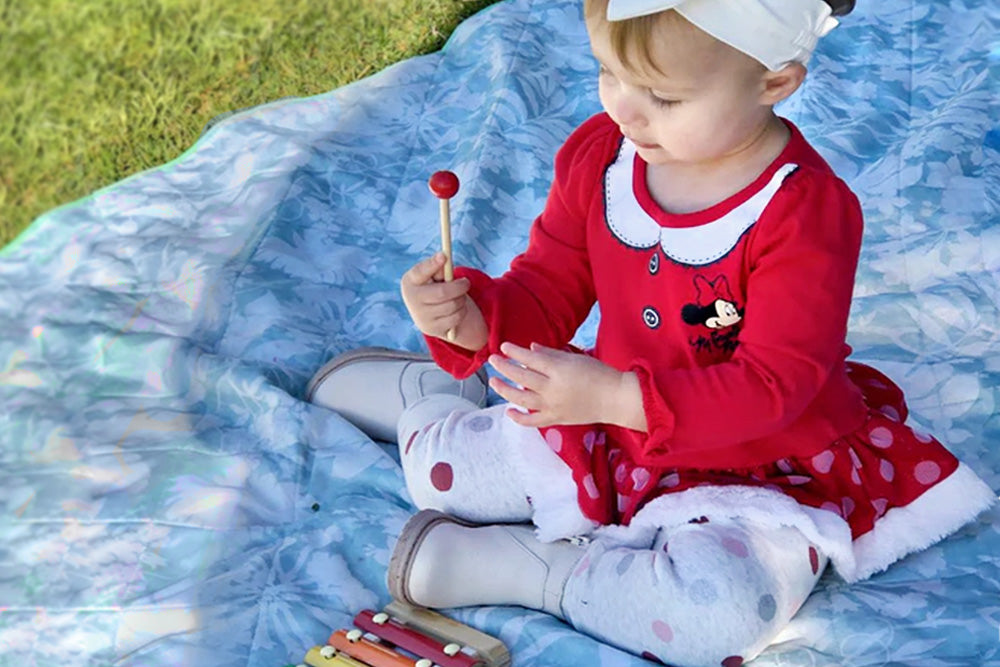10 Communication Ideas for Successful Sensory Play

Educators, parents, and child development experts all suggest that kids need boundaries and clear communication in order to feel happy and secure. Good boundaries also make activities more enjoyable for adults! So don't be afraid to communicate clear boundaries around messy and sensory play. Here a few ideas to get you started.
|
If you're looking for more advanced communication guidance from a Speech and Language Therapist, check out Messy Play Kits' Incorporating Speech in Sensory Play downloadable PDF.
|
Be open minded
Adults often have mental checklists for things that should be accomplished in an activity, but messy play and sensory play are very open-ended and exploratory. Let your child engage with the materials, textures, and chemical reactions. Try to be involved and communicative without directing them too much. You'll be amazed at what your child can think of and learn!
Allow your child to do as much as they can, based on their capabilities. Let them squeeze the liquid watercolors into the bowl. Let them stir the ingredients. Let them unscrew the cap of the glue, if they physically can. If not, loosen it slightly for them and let them do the rest. You're building their self-help skills, confidence and fine motor control!
Offer support when necessary
Offer tools for those children who don't want to dive right in with their hands. Let them explore using a variety of tools, such as spoons, buckets, shovels, whisks, funnels, and measuring cups. Real kitchen tools or sand play toys are great! Let your child discover freely. If they want to smash the volcano after letting it fizz a little, go for it! If they want to spread the glue with their hands, talk with them about what that feels like.
Provide positive instruction and reinforcement
Children respond better to clear directions, so tell your child what you DO want him to do, instead of what you DON'T want. For example, say, "Keep the paint in the tub," instead of, "Don't throw the paint."
Set play boundaries
Set appropriate limits, such as, "materials stay in the bin," or, “on the sensory table,” and enforce those play boundaries. Give reminders and warnings, but if your child isn't listening, stop the activity. They can try again later, when they are ready.
Decide on a play timeline
When the time to finish approaches, it’s a good idea to give your child clear warnings so they aren't taken by surprise. You might consider setting a kitchen timer for the final ten minutes to illustrate how long is left. For many children, advance warnings make for a much easier transition to clean-up time.
Ask open-ended questions
Ask open-ended questions to extend your child's investigation.
- "What do you think will happen when...?"
- "What does it feel like when you...?"
- "Why do you think we saw...?"
- "I wonder..." is also a great phrase to use.
However, don't overwhelm them by bombarding them with too many questions! It should feel like a normal conversation.
Answer questions honestly
If your child asks you something and you don't know the answer, say so. Then use the opportunity to wonder with your child about what will happen, or use a resource to find the answer. Not only are you modeling honesty, but resourcefulness!
Notate your child’s ideas
Consider writing down your child's ideas and observations during an activity, especially if you are going to do it multiple times.
- Did you get the same result each time?
- Did you notice something new?
- Was your hypothesis correct?
Children feel very validated when adults write down their words, and it's a great opportunity to model writing and literacy skills!
Narrate your child’s actions
Narrate your child's actions as they play, especially for younger children.
- Describe what they are doing and the effects: "You poured the vinegar into the volcano, and look! It's fizzing!".
- Describe what the materials feel like as you explore them: "This goo is soooo cold and slippery!".
You are teaching them to use words for description and bringing their attention to their actions and associated effects.
Count together
Count together as you measure and pour materials together.
- Did it take one bottle or two for the reaction to occur?
- How many scoops of rice does it take to fill the tub?
- When you use a smaller cup, does it take the same number of scoops or a different number?
You build the foundation for crucial math concepts when you count with your children, such as one-to-one correspondence, number recognition, the cardinal rule and more.
Summary and More Resources
I hope that these communication ideas help you and the children you're facilitating have an absolute blast during your next sensory play session!
To learn more about language development and how messy play and sensory play can be a catalyst to help your child develop speech and language skills, check out our other post, "Preschool Language Development with Messy Play".
Sensory play and language development are both key priorities in the creation of all Messy Play Kits products. We want to support you, the parent or caregiver, in your kiddo’s linguistic growth by providing language development activities for preschoolers. That's why each Messy Play Kit and Sensory Bin come with tips like these included right in there the instructions, so you get specific tips related to the particular activity right when you need them!



